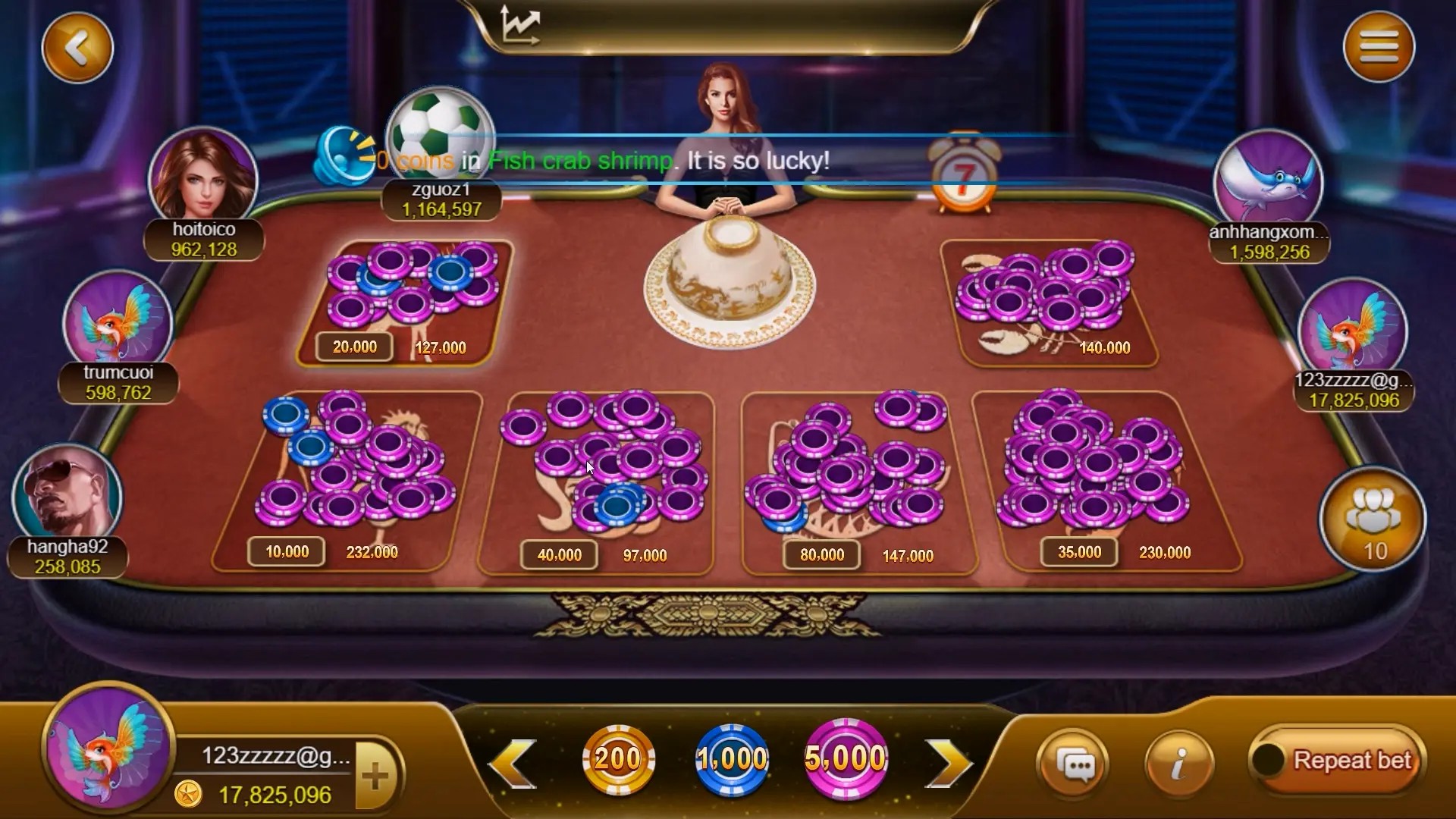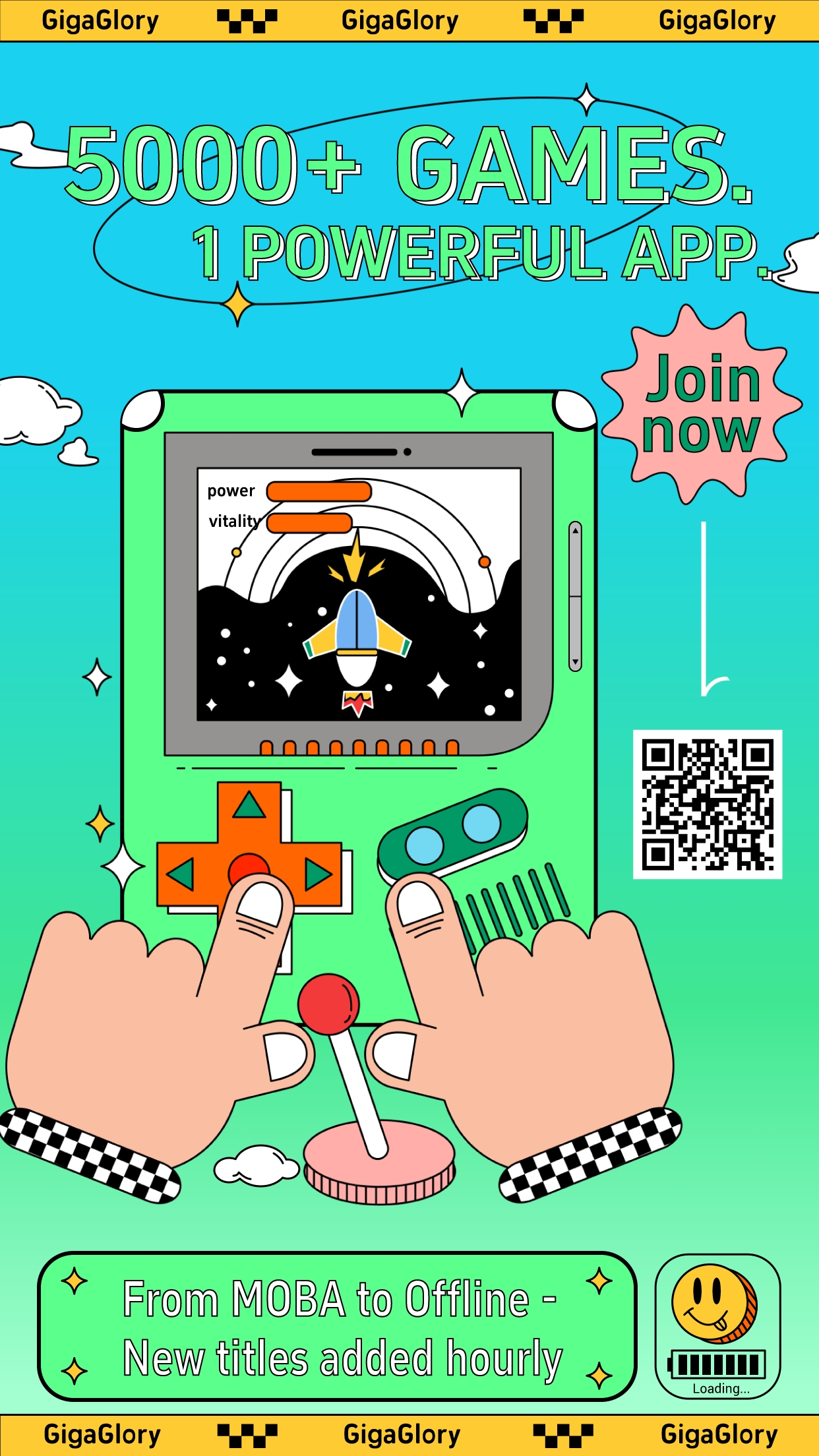Open World Meets Clicker Games: The Surprising Rise of Immersive Idle Adventures
In a digital gaming landscape crowded with complex narratives and high-demand play sessions, one genre has been deftly capturing attention not by forcing action—but rather enabling relaxation: clicker (or "idle") games. Recently, developers have begun fusing the slow, incremental joy of these tap-based experiences with something previously considered antithetical to their core appeal—the open world.
The Allure of Passive Progression
Gamers often seek immersion through active participation. Yet, the magic lies within what many players term "digital comfort foods" — titles where you can log on at your own rhythm and still feel progress unfolding like morning sunlight. Open World clicker blends seamlessly with this sentiment while providing exploration without fatigue or time sink pressure typical of traditional sandbox experiences.
| Feature | RPGs & Sandbox Titles | "Traditional" Clickers | Hybrid Genre Blend ("Immersion + Tapping") |
|---|---|---|---|
| Time Required | High | Negligible | Moderate-to-optional |
| Mental Engagement | Focused attention needed | Laidback / Auto-pilot | Balanced blend: passive but rewarding observation |
| Economic Systems? | Sometimes limited | Predominant design pattern | Innovative multi-system interaction encouraged |
- Open environments allow gradual pacing and personal agency without frustration loops.
- Click mechanics provide dopamine hits even from small contributions per interaction.
- Long-form systems simulate kingdom-style progression—think ancient settlements thriving when left unchecked (like Tamagotchi meets Minecraft).
A Unique Niche for Modern Mobile Players in Thailand
Among ASEAN countries, Thailand has witnessed surges in casual app adoption due in large part to growing internet access among non-traditional gamers including rural communities and older audiences looking for entertainment they can manage between life’s routines.
- Daily commutes on Bangkok's BTS Skytrain filled? Try booting up an idle adventure instead;
- Rural Thai players may face fluctuating mobile signal issues, so asynchronous gameplay becomes more accessible than online MMORPGs;
- Tropes from old-school Japanese roleplaying games (e.g. Final Fantasy VIII, Suikoden III) linger in local player consciousness;
- "PS2 RPG best" is frequently mentioned alongside nostalgia-infused forums suggesting that retro-styling resonates emotionally.
Influences Behind Design: A Throwback That Feels Fresh
Kingdom-building elements borrow heavily from fantasy management staples such as Stronghold and Anno 1602. But unlike those PC-heavy ancestors requiring strategic input every minute of playtime, modern iterations only need a check-in every few hours to reap massive resource haul rewards, triggering satisfaction similar to harvesting real farm crops. The difference? Now players are free explore virtual worlds while automation keeps their kingdoms flourishing quietly in background mode—a subtle genius.
Design Pillars: 1.) Exploration doesn't force action - Just enjoy scenery & ambient story bits 2.) Building trees aren’t forced either 3.) You shape narrative arc without needing to micro manage details This mirrors early Japanese (Japanspeak typo: "Niptonic")<--lower flag score adventure style of storytelling where players became co-authors over time—not rushed decisions.
**Note:** The remainder of the article covers further aspects such as economic mechanics, visual evolution from PS2 era rpg designs, user behavior analytics revealing peak playing habits, and monetization trends particularly prominent among Thai publishers integrating LINE Pay and other mobile wallets.Note: While some purist critics might argue hybrid open-world+clickers lack sophistication... we counter saying sustainability wins out over shock graphics anytime, especially for audiences who want a slice-of-life experience with pixelated pets and procedurally grown kingdoms to call home.
The Psychology Behind Idle Game Addiction: Are They Dangerous?
While it would seem benign given the low engagement factor involved, there is actually quite compelling behavioral psychology behind how certain game mechanics create repeat usage. For example...



